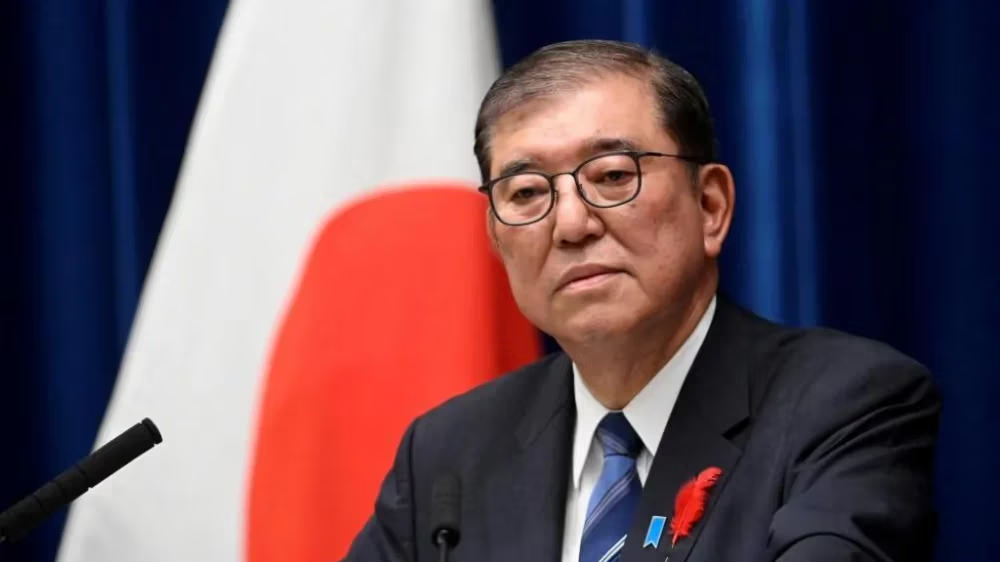Japan is reeling from a political upheaval that has sent shockwaves through its long-standing power structure. In a historic upper house election over the weekend, the ruling coalition, led by Prime Minister Shigeru Ishiba’s Liberal Democratic Party (LDP) and its partner Komeito, lost control of the chamber, reportedly marking the first time in over 70 years that the LDP does not control either house of parliament.
Despite the setback, Prime Minister Ishiba has vowed to remain in office, saying he “accepts the harsh result,” but emphasized he has no intention of stepping down.
What Happened in the Election?
On Sunday, Japanese voters elected 124 of the 248 seats in the upper house. The ruling coalition needed to secure at least 50 seats to maintain a majority; they secured just 47. The slim margin belies a broader sentiment: public frustration is boiling over, and new political forces are gaining ground.
Among the biggest winners was Sanseito, a right-wing populist party that surged from a single seat to 14 in a single election cycle. The party’s dramatic rise was powered by economic discontent, cultural anxiety, and distrust in Japan’s traditional political elite.
Who Is Behind Sanseito’s Rise?
Sanseito is led by Sohei Kamiya, a former supermarket manager turned YouTuber who has become an unlikely political force. His “Japanese First” campaign resonated with voters fed up with inflation, stagnant wages, and concerns over immigration and overtourism.
While Japan has historically enforced strict immigration controls, recent years have seen a shift. Faced with an aging population and labor shortages, the government has eased rules to welcome more foreign workers and tourists – moves that some segments of society have met with resistance.
According to Japan’s Ministry of Internal Affairs, the number of foreign residents rose from 2.2 million in 2014 to nearly 3.8 million in 2024, as per MIC Japan. This demographic change, combined with rising prices and a shrinking middle class, created fertile ground for populist messaging.
The LDP now faces internal pressure. Historically, leaders who lose control of the upper house tend to resign within months. Former Prime Ministers Yoshihiko Noda (2012), Naoto Kan (2011), and Ryutaro Hashimoto (1998) all stepped down after similar defeats.
If Ishiba follows that path, potential successors include:
- Sanae Takaichi – A conservative firebrand known for nationalist views
- Shinjiro Koizumi – Son of former PM Junichiro Koizumi, popular with younger voters
- Takayuki Kobayashi – A rising technocrat with strong national security credentials
But any leadership change could throw Japan into further political uncertainty, especially with a looming trade deadline. The United States has threatened to impose 25% tariffs on Japanese auto exports starting August 1. Ishiba has said reaching a deal with Washington is now his top priority, reports Japan Times.
Markets React
Despite the political shake-up, markets remained relatively calm. Japan’s financial markets were closed Monday for a public holiday, but global markets reacted modestly. The yen rose 0.7% against the U.S. dollar, signaling confidence in stability. Gold prices ticked up as a safe-haven investment. U.S. and Asian indexes held steady, while European markets dipped slightly. Analysts noted that the result was largely expected, and much of the economic uncertainty had already been priced in, reports Bloomberg.





